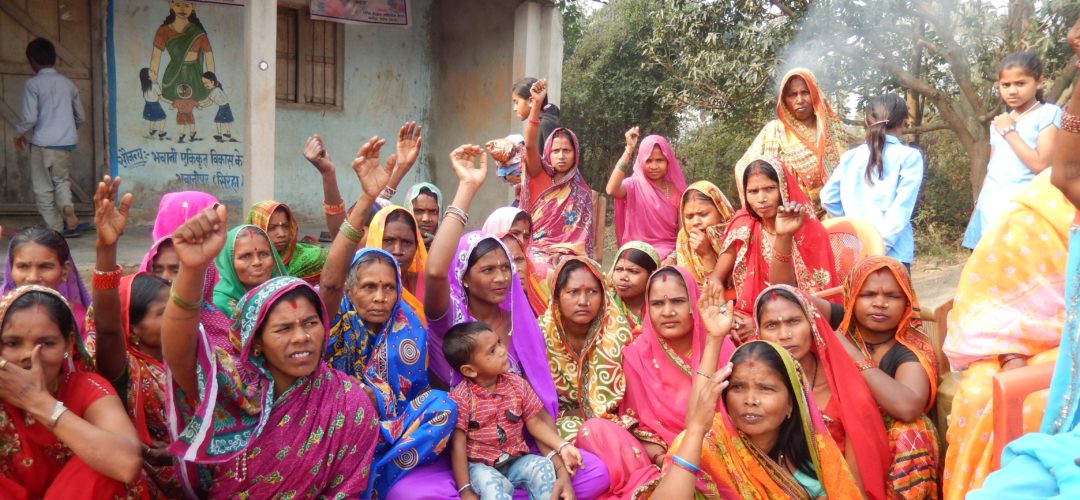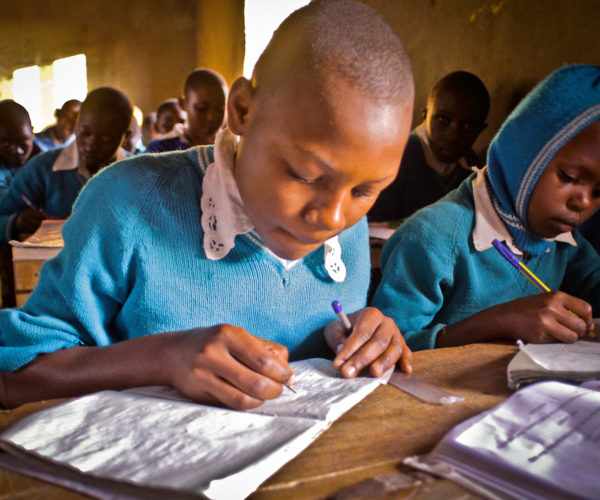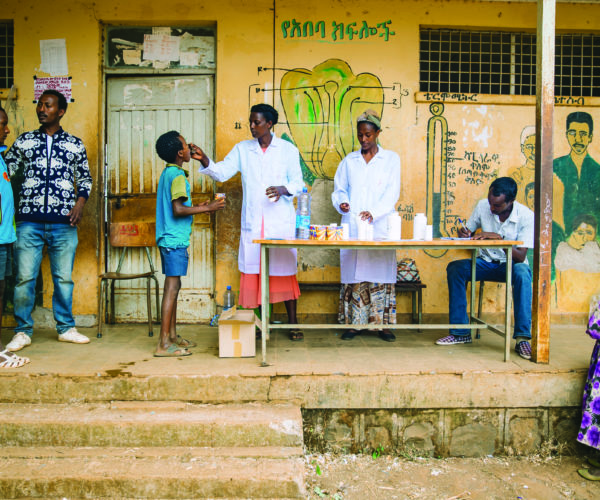The Freedom Fund
October 12, 2018
The Freedom Fund collaborative was launched in 2013 by three independent philanthropies: the Walk Free Foundation, Legatum, and Humanity United. The collaborative’s objective was to address the significant gap in philanthropic resources supporting anti-slavery efforts. Historically, Human rights funders haven’t paid enough attention to or committing enough resources to the issue of Modern Slavery. And funders generally haven’t self-identified as working on the issue but have instead give it different labels such as child labor or child exploitation – not recognizing the underlying root cause as the practice of modern-day slavery, and the fact that it is tolerated as an input to production and agriculture.
With each of the three founding funders having an existing commitment to end modern-day slavery, they came together to seek a collaborative solution. They committed $10m each to seed the effort; $70m would need to come from other funders.
There are hotspots around the world where the prevalence of modern slavery is at its highest. The Freedom Fund’s work was designed to concentrate resources to these areas of greatest need. The Fund’s work spans several countries, and as the movement against this scourge gained strength, more funders joined. To date the Fund has raised over $83m from dozens of donors. These funders can choose their priorities from a range of relevant geographical and thematic choices, which together make up a systems approach to ending the practice permanently.
Humanity United’s Vice President Ed Marcum notes that, not surprisingly, the different funders have an interest in measuring very different outcomes, despite being aligned on the overall purpose. Some measure reach – the number of people freed from slavery. Others focus on supply chain issues – and how well new technologies and tools are forcing companies to enforce their commitments against slavery in their products. Still others are most interested in policy and legal changes, and better enforcement of existing policies and laws. Marcum notes, “We are on a learning journey in experimenting with how best to combine shorter-term direct service models with tackling generational exploitation and structural vulnerabilities which underlie slavery in many societies today.”
The Freedom Fund’s portfolio so far has been able to incorporate and balance these different outcomes as well as support important work to build frontline NGO capacity and more effectively monitor and measure the efficacy of programmatic interventions. In a very short period of time the Fund has become a center of gravity for recognizing and tackling the issue.
Back to News


